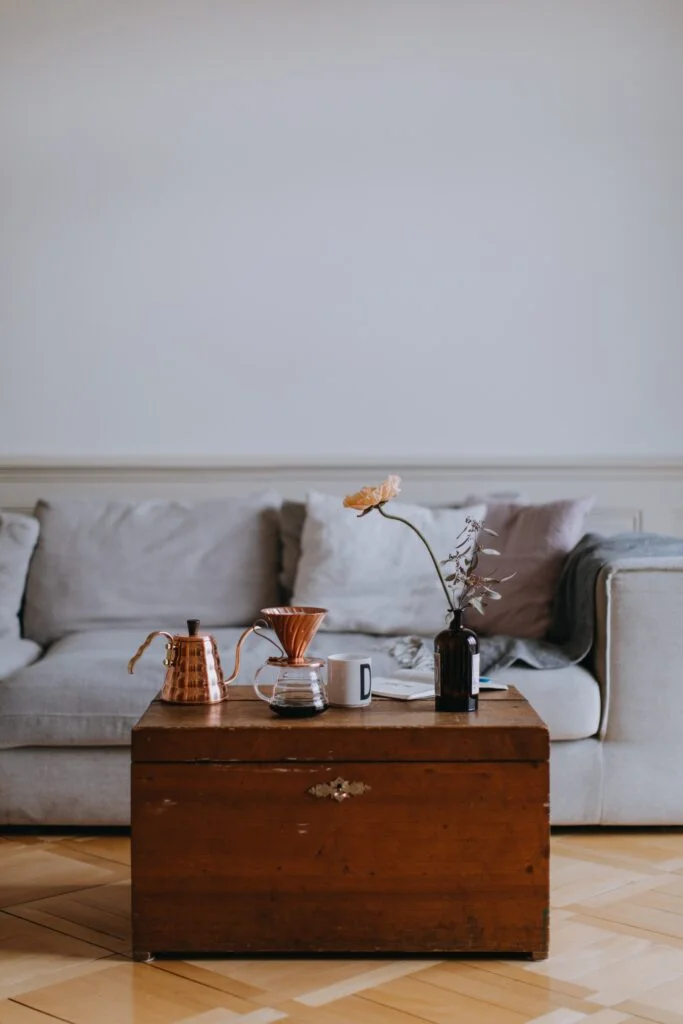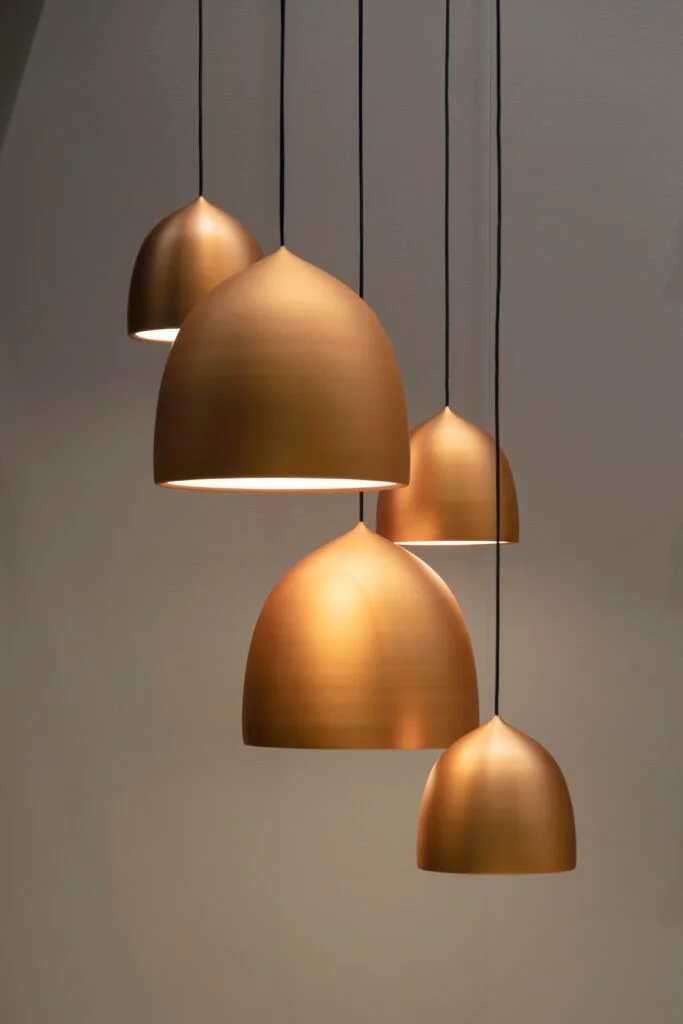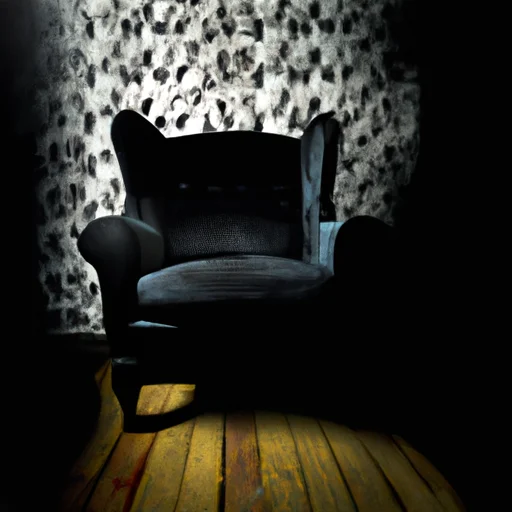Imagine walking into a room completely engulfed in darkness, every inch coated in black paint. The air feels heavy, suffocating, and as you try to navigate through the room, a sense of unease washes over you. This is the effect of painting your room black, a color known for its associations with gloom, depression, and even death. In this article, we explore the reasons why painting your room black may not be the best choice for creating a welcoming and uplifting living space. From the psychological impact to the practical considerations, we shed light on the potential drawbacks of embracing the darkness.
Why not to paint your room black
Table of Contents
When it comes to decorating our homes, choosing the right colors for our walls is an important decision. While black may seem like an intriguing option, it’s essential to consider the potential downsides before committing to such a bold choice. In this article, we will explore the lack of psychological benefits, limited decorative options, negative impact on lighting, perception of a smaller space, difficulty in creating a relaxing atmosphere, fading and maintenance challenges, heating and cooling issues, impact on resale or rental value, cultural symbolism, and the rare occasions where black paint may be suitable. It’s important to weigh these considerations and make an informed decision for your living space.
Lack of Psychological Benefits
Black is Associated with Negative Emotions
When it comes to our mental well-being, the colors we surround ourselves with can have a significant impact. Unfortunately, black is often associated with negative emotions, such as sadness, grief, and darkness. Painting a room entirely in black can subconsciously evoke these emotions, leading to a less positive and uplifting atmosphere within your home.
Black can Induce a Depressed Mood
Additionally, black has been known to induce feelings of depression or heaviness. The dark and somber nature of the color can create a gloomy ambiance, making it challenging to maintain a cheerful and vibrant living space. Considering the significant time we spend indoors, it’s crucial to prioritize colors that promote a positive and uplifting mindset.
Lack of Psychological Stimulation
Black walls can also contribute to a lack of psychological stimulation. Surrounding ourselves with vibrant and varied colors can engage our senses and enhance our overall mood. However, the absence of color in black walls can create a dull and monotonous environment, potentially leading to feelings of boredom or stagnation.
Limited Decorative Options
Difficulty in Matching Furniture and Accessories
One practical concern when painting a room black is the limited options for matching furniture and accessories. The color black often clashes with other hues, making it challenging to find pieces that complement each other harmoniously. This can restrict your creative freedom and result in a disjointed and uncoordinated aesthetic.
Limited Color Palette for Decor Elements
In addition to the challenge of matching furniture, black walls also limit the color palette for other decorative elements in the room. Surrounding yourself with a variety of colors can add depth and interest to your living space. However, when the walls are black, it can be difficult to incorporate complementary colors or patterns without creating an overwhelming or visually chaotic environment.

Negative Impact on Lighting
Darkens the Room
One significant drawback of black-painted walls is their ability to darken a room. Black absorbs light rather than reflecting it, making the space appear dimmer and smaller overall. This lack of natural light can create a dreary and unwelcoming atmosphere, particularly in rooms with limited or no windows.
Absorbs Light
In addition to impacting the natural lighting in a room, black walls also absorb artificial light sources. This means that even with ample lighting fixtures, the black walls can make the room feel inadequately lit. It can be a constant struggle to create a well-lit and comfortable environment with black walls.
Requires Additional Lighting Sources
Due to the light-absorbing nature of black walls, additional lighting sources are often necessary to compensate for the lack of brightness. This can increase energy consumption and add to your electricity bill. Moreover, the excessive use of artificial lighting can create a harsh and uninviting ambiance, detracting from the overall comfort and coziness of the space.
Perception of a Smaller Space
Visual Constriction
By nature, black walls tend to make a room feel visually constricted. The dark color absorbs light and creates a sense of limited space. If you have a small or cramped room, painting the walls black can intensify the feeling of confinement and make the area feel even smaller than it actually is.
Lack of Depth and Dimension
Black walls can also diminish the perceived depth and dimension of a room. Instead of enhancing the architectural features or adding visual interest, black paint tends to flatten the space and make it appear two-dimensional. This lack of depth can lead to a less dynamic and engaging living environment.

Difficulty in Creating a Relaxing Atmosphere
Increased Restlessness
While some individuals may find black walls soothing or comforting, the overall effect can often be quite the opposite. The intense contrast between black walls and other elements in the room can create a sense of restlessness or unease. This may be particularly evident in bedrooms or spaces intended for relaxation and tranquility.
Intensifies Negative Thoughts
Another drawback of black walls is their potential to amplify negative thoughts. The darkness of the color can create a brooding or introspective atmosphere, which may intensify any negative emotions or anxieties one might be experiencing. In spaces meant for relaxation or unwinding, it’s important to prioritize colors that promote a sense of calm and peace.
Hinders Quality Sleep
For those sensitive to their sleep environment, black walls may not be the best choice. The intense darkness can create a cave-like atmosphere that interferes with the body’s natural circadian rhythm. As a result, individuals may experience difficulty falling asleep or obtaining quality rest.
Fading and Maintenance Challenges
Visible Dust and Marks
Maintaining a clean and tidy appearance can be challenging with black-painted walls. Black surfaces tend to show dust, fingerprints, or marks more visibly than lighter-colored walls. Regular cleaning and maintenance may be required to ensure the room maintains an attractive and presentable look.
Regular Repainting Required
Over time, black walls may fade or lose their deep hue, requiring regular repainting to restore their original appearance. This can be a time-consuming and costly endeavor, especially if multiple coats of paint are necessary to achieve the desired result. Before committing to black walls, it’s essential to consider the long-term maintenance involved.
Difficulty in Touch-Ups
In the event of scratches or chips on black walls, touch-ups can be particularly challenging. Achieving a seamless and unnoticeable repair can be difficult due to the intensity and opacity of the color. This could result in visible patchwork or unevenness on the walls, affecting the overall aesthetic quality of the room.

Heating and Cooling Issues
Absorbs and Retains Heat
Black walls have the tendency to absorb and retain heat, which can significantly impact the temperature of a room. This can be particularly problematic during hot summer months or in regions with warm climates. The increased heat absorption may lead to an uncomfortable and stuffy living environment.
Increases Energy Consumption for Cooling
The heat absorption of black walls can also lead to increased energy consumption for cooling purposes. As the room becomes warmer, air conditioning systems are forced to work harder and consume more energy in an attempt to maintain a comfortable temperature. This can result in higher energy bills and a less sustainable living space.
Impact on Resale or Rental Value
Limitations for Potential Buyers or Tenants
When it comes to selling or renting your home, the choice to paint rooms black may limit the pool of potential buyers or tenants. While some individuals may find the aesthetic appealing, many prefer more neutral or customizable options that allow them to personalize the space to their own taste. Opting for more universally appealing colors can increase the resale or rental value of your property.
Lack of Versatility in Design
Another factor to consider is the limited versatility in design that black walls offer. While they may work for specific themes or aesthetics, they can be challenging to incorporate into a variety of design styles. Potential buyers or tenants may prefer to have more flexibility in their interior design choices, which may be hindered by black walls.

Cultural Symbolism
Association with Mourning and Funerals
Black is often associated with mourning and funerals in many cultures. By painting a room entirely black, you inadvertently invite these symbolic connections into your living space. This may not be conducive to a positive and celebratory atmosphere, especially in communal areas of the home.
May Convey a Negative Vibe
The cultural associations with black as a symbol of darkness, sorrow, or negativity can also impact the overall vibe of your home. when guests enter your space, they may subconsciously pick up on these associations and feel a sense of unease or discomfort. To create a warm and inviting atmosphere, it’s often best to opt for colors that are more universally positive and uplifting.
Rare Occasions Suiting Black Paint
While black walls may pose numerous challenges, there are rare instances where the use of black paint can be suitable and effective. For example, home theaters or entertainment rooms, where creating a dark and immersive atmosphere is desired, can benefit from black walls. Additionally, specialized artistic themes or installations that are intentionally designed to provoke emotions or create a specific ambiance may thrive with the use of black paint.
In conclusion, while black walls may initially seem like an intriguing and stylish choice, it’s important to consider the potential drawbacks. From the lack of psychological benefits to limited decorative options, negative impact on lighting, perception of a smaller space, difficulty in creating a relaxing atmosphere, fading and maintenance challenges, heating and cooling issues, impact on resale or rental value, cultural symbolism, and rare occasions where black paint may be suitable, the decision to paint a room black should be carefully weighed and considered.
By evaluating these factors, you can make an informed decision that caters to both your personal preferences and the overall functionality and aesthetics of your living space.


